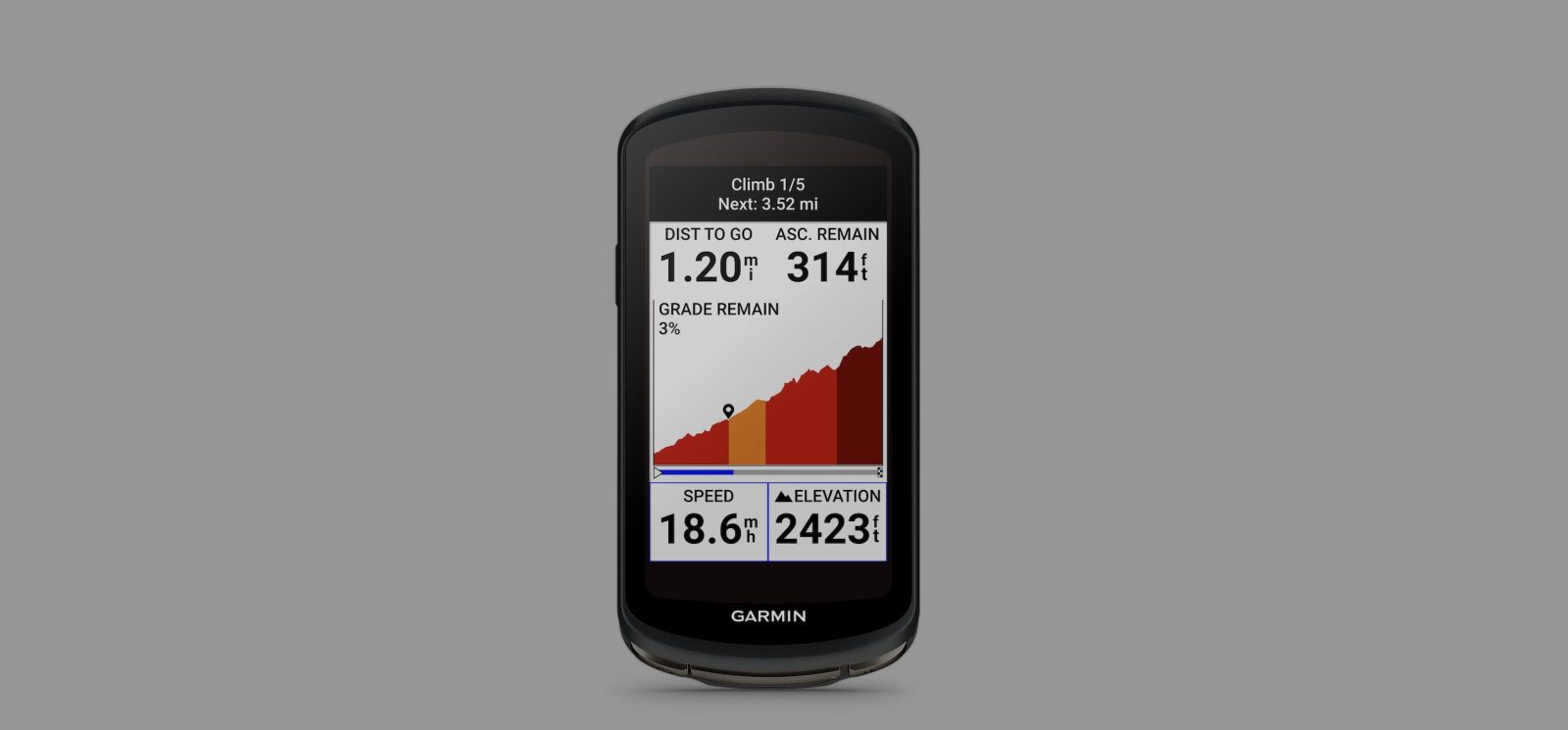By Jack Lynch
RRP: $1,399
More here
Expectations have come a long way since Garmin released the world’s first GPS enabled sportswatch in 2003. Those agricultural beginnings have developed into a boundless industry where we demand Amoled displays, touchscreens, weeks-long battery life, and just about every function you could imagine. The Forerunner 970 delivers these features and much more.
I used this latest Garmin wearable every day for two months before writing this review. I’m a long-term Garmin user whose daily watch is a Forerunner 745 which, when released just five years ago, was arguably the best multisport watch anyone had ever seen. So please allow me to draw my comparisons with a unit from five years ago, rather than something more recent from Garmin like the Forerunner 965, released just two years ago.
Lasting impressions
The first thing you notice with the 970 is its bright and sharp display. While not as large as others on the market, its 1.4” screen is a nice balance for people with large or small wrist sizes and the 56-gram weight makes it suitable for day and night comfort. I was already familiar with the five buttons and the touchscreen was easy to navigate, despite not having that feature on my old Garmin.
What I love most about the Forerunner series above other watches I’ve tested is the level of customisation it provides. I can tailor this watch to my every need from the data I can get when glancing at the watchface, to the order in which metrics are displayed when exercising. You can gather as much or as little detail as you want in this watch, wherever you want it, which can’t be said about other brands in this crowded market. If the details on your wrist are not enough, the Garmin Connect app on your phone is a trove of more information, begging you to dive in and obsess over.

Knowing me better…
As a bike rider, I look at a watch as a wearable to track my body more than to clock my rides (I have a bike computer for that). The body battery, sleep tracking, HRV tracking, stress meter, performance calculator and, of course, the pedometer give me all the tools to know when I’m ready to go hard, and when it’s time to have a sleep in.
I used a couple Garmin Coach training plans to help give me some structure to my daily workouts. I could choose to follow them strictly or use them as a guide and I found it helpful to train with something that knows my capacity for the day. It even suggested I rest on mornings that I’d typically be up doing my long session for the week. Once, when I disobeyed my Garmin coach’s wishes by riding further than it asked, it didn’t let me exercise for the following two days!
Does it matter?
The watch is jam-packed with features and you won’t use the majority of them. Friends of mine who have similar Garmin watches joke that the feature they use the most is the built-in torch (and that is true!).
For me, it doesn’t matter how much you use the watch to its max, it matters that it’s there. I can wear the Forerunner 970 all day and trust that it’ll be ready to go when I am. I know many of the features are gimmicks and won’t make me better at cycling, but I love it when I’m told my sleep score is 90/100 and I’m ready to go, or my body battery is low and I lay low for a while.
The Forerunner 970 is a tool to measure training effects, fatigue and improvement, but it’s also a way to stay motivated and constantly remind you of the importance of a healthy lifestyle. People can pick holes in it (a common complaint is the battery life – I had to charge about once a week for 30 mins) but the reality is there’s nothing on the market in its class.




